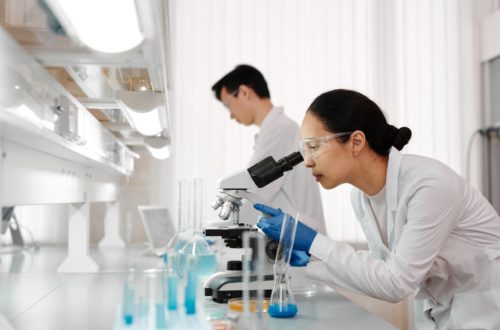How Is Technology Changing Neonatal Care

As medical advancements continue to push the boundaries of what’s possible, health-care professionals must stay up to date with the latest developments in technology. This investment in continuous education ensures the highest standard of care while improving outcomes for vulnerable newborns. Technology is changing neonatal care in a few major ways, and when you see how it’s changing, you’ll have a much better appreciation for the work that medical professionals put into taking care of these infants.
Personalized Treatment
Thanks to groundbreaking technological advancements such as genetic testing and precision medicine, neonatologists are now equipped to provide personalized treatment plans tailored to each infant’s unique needs. By considering each baby’s distinct genetic makeup when deciding on a course of treatment, health-care providers can achieve better outcomes, improve quality of life, and reduce the risk of complications. This approach allows for targeted therapies that address the specific issues that each infant faces.
Realistic Scenarios
Realistic infant patient simulators have become invaluable tools for health-care professionals seeking to hone their skills and gain experience in a controlled environment. These infant patient simulators improve neonatal care by making it easier for health-care professionals to tackle procedures and challenging scenarios before performing them on real infants. Health-care providers can dramatically improve the quality of care they deliver to neonatal patients by enhancing their skills and preparing for emergency situations with these simulators.
Remote Monitoring
Historically, monitoring a premature baby’s vital signs required constant bedside observation by trained health-care staff. However, with the integration of remote monitoring technology, health-care professionals can now track a baby’s heart rate, respiratory rate, and oxygen levels from virtually anywhere within the hospital and, in some cases, even from external locations. This advancement makes continuous monitoring easy.
Advanced Imaging
Technological advancements have dramatically improved our ability to visualize the internal structures of a baby’s body without resorting to invasive procedures. With state-of-the-art imaging techniques such as ultrasound, MRI, and CT scans, doctors can accurately diagnose and treat conditions that may have previously gone undiagnosed. These imaging modalities allow for early intervention and improved treatment planning, ultimately enhancing patient outcomes.
Technology has dramatically changed the way health-care workers tackle neonatal care. The ongoing integration of innovative technologies holds the promise of even greater advancements, ensuring that neonatal care continues to evolve and improve health care outcomes for infants.
Would you like to receive similar articles by email?





